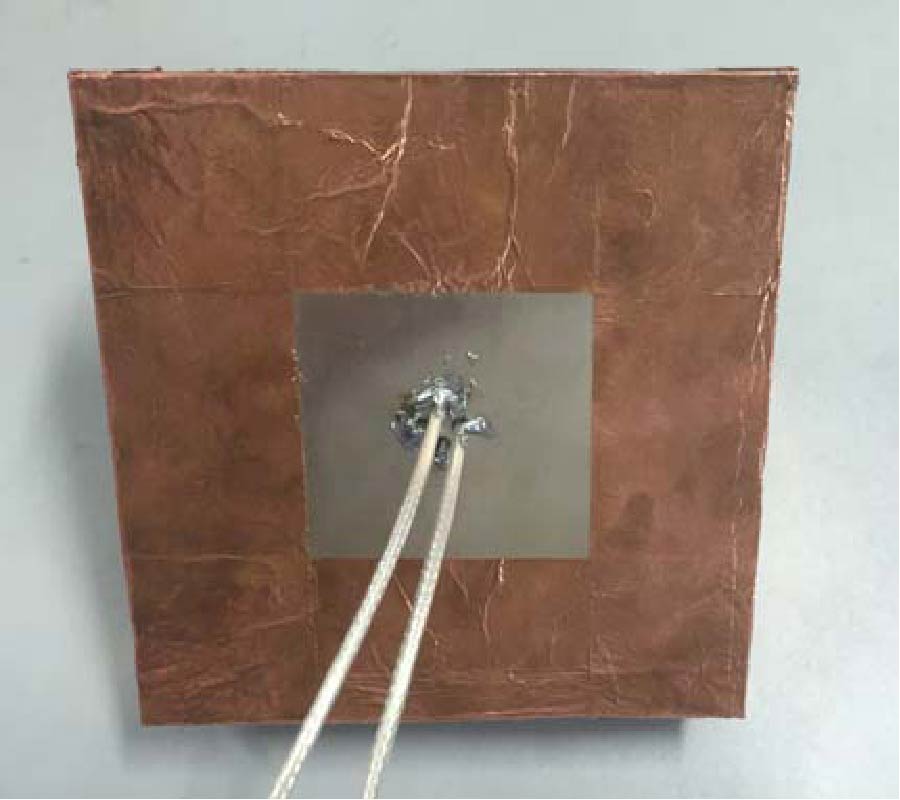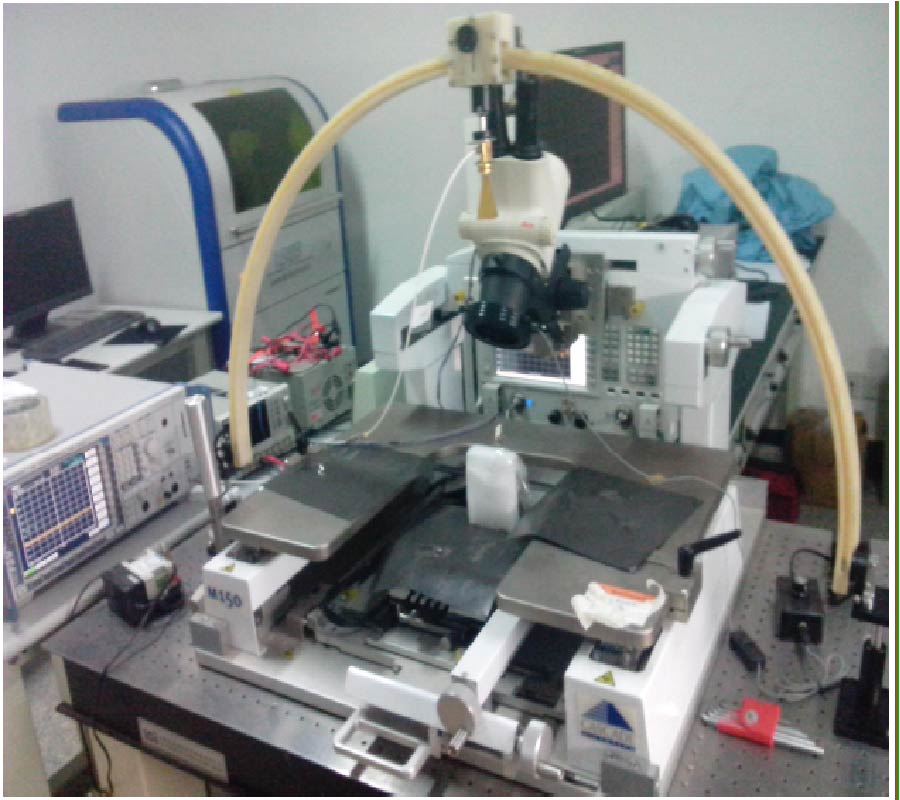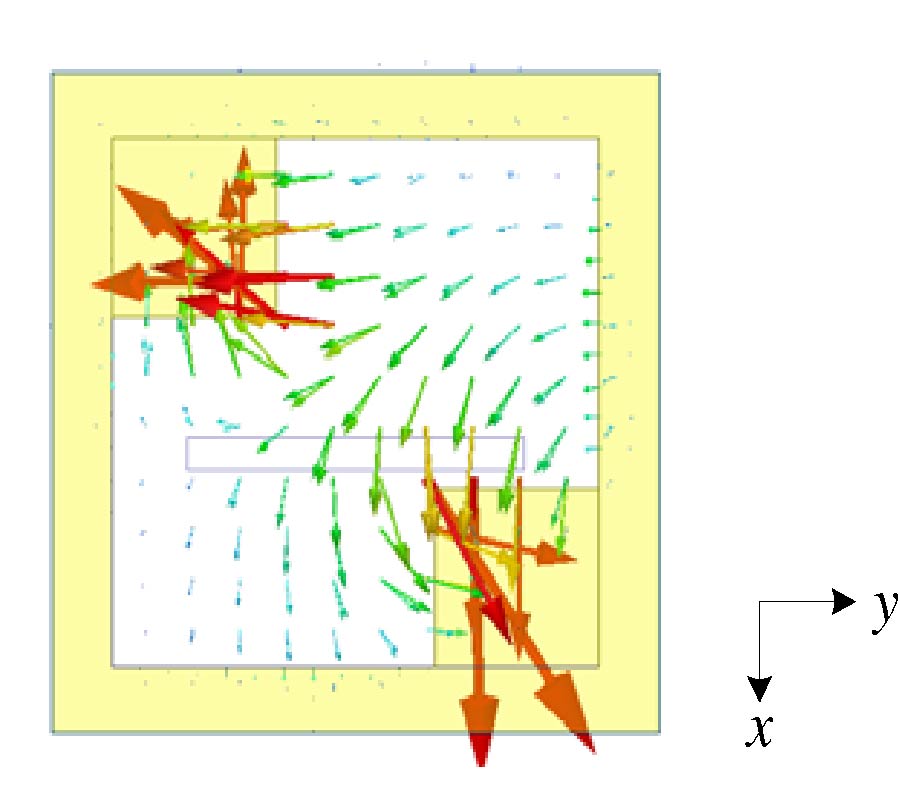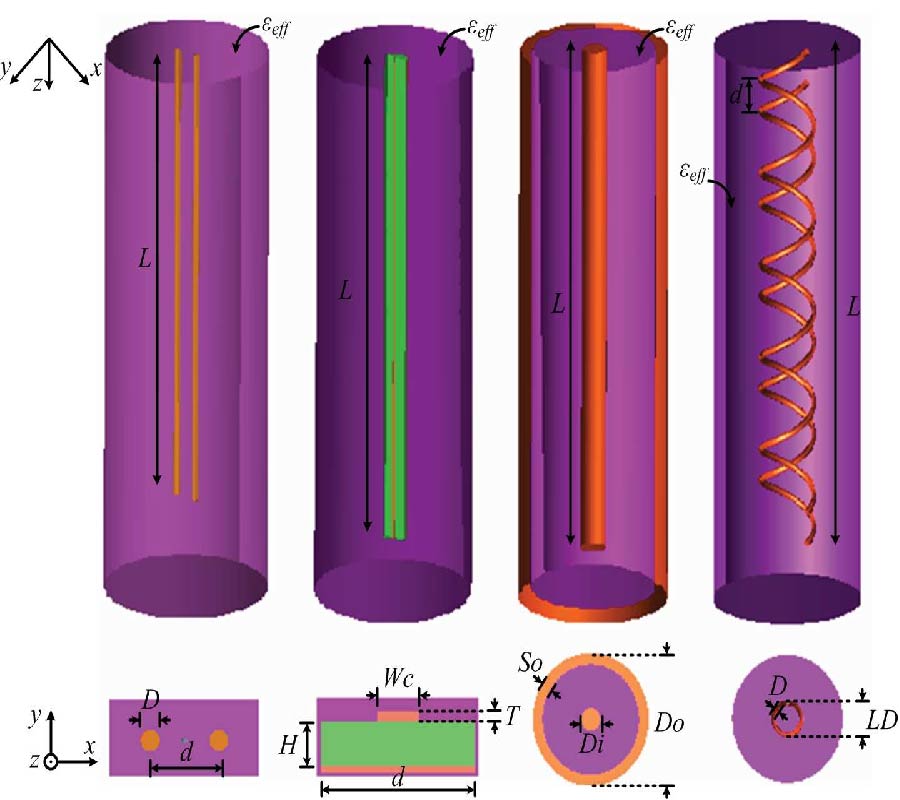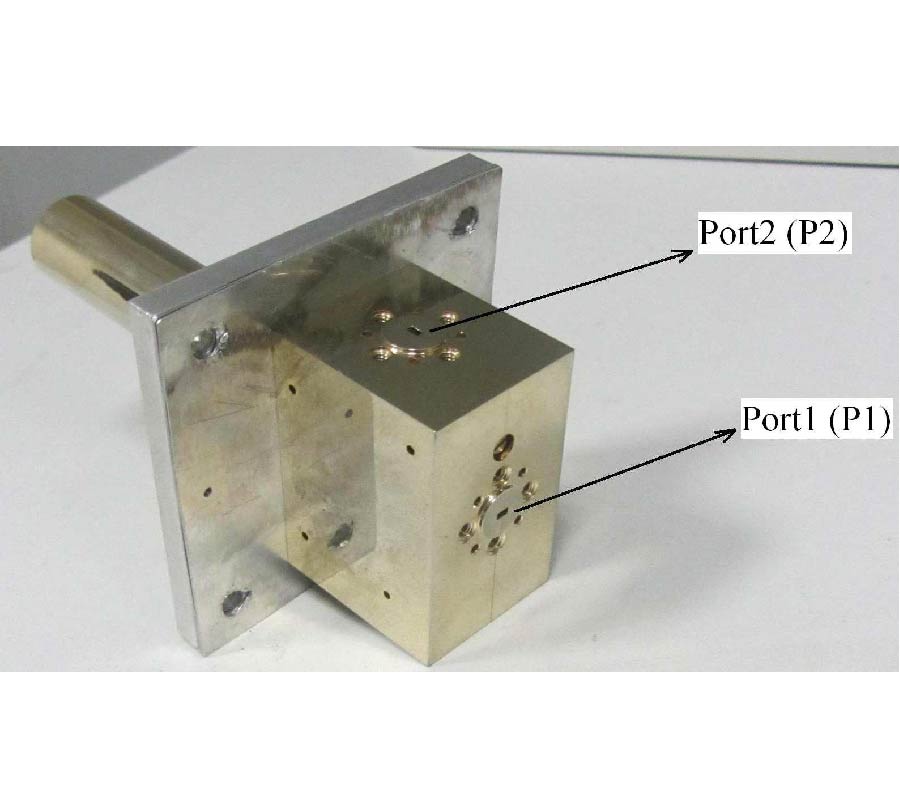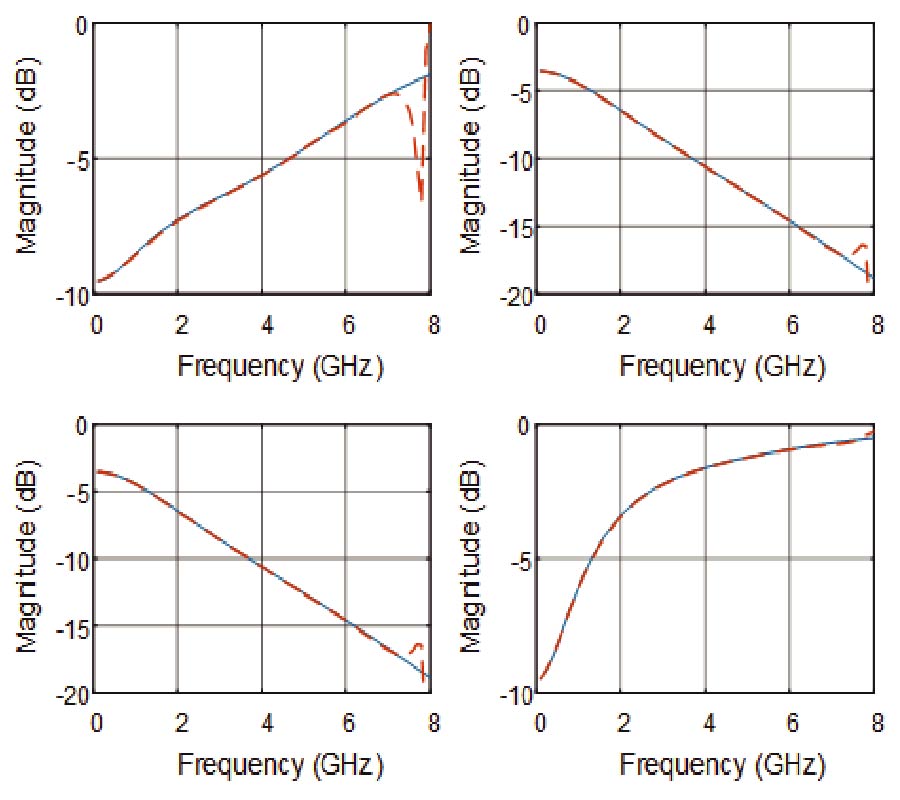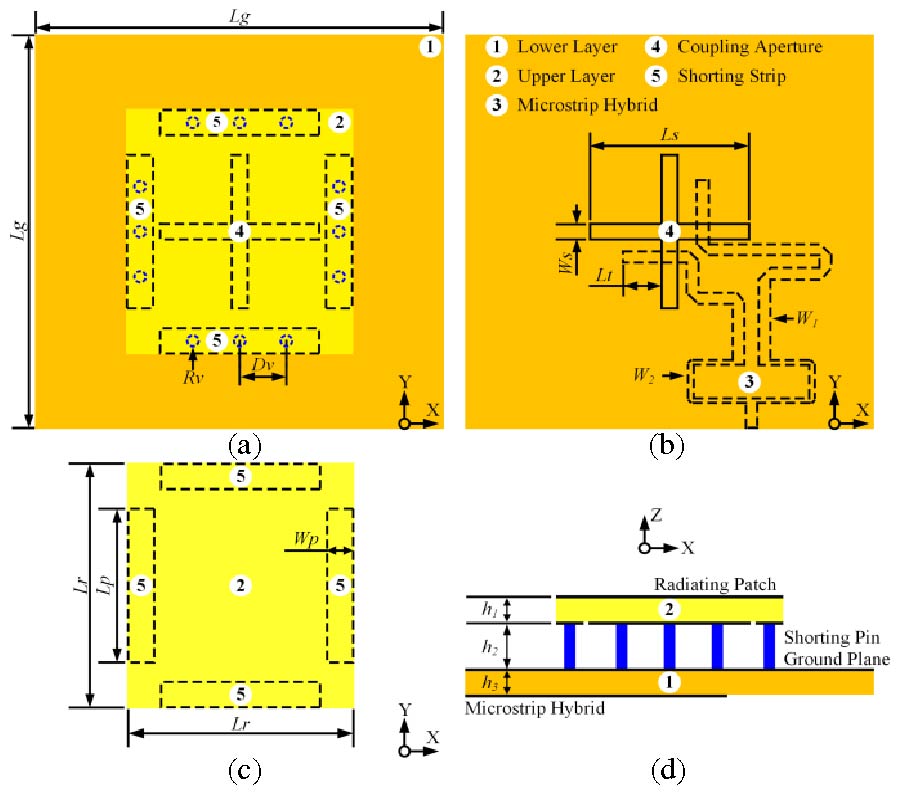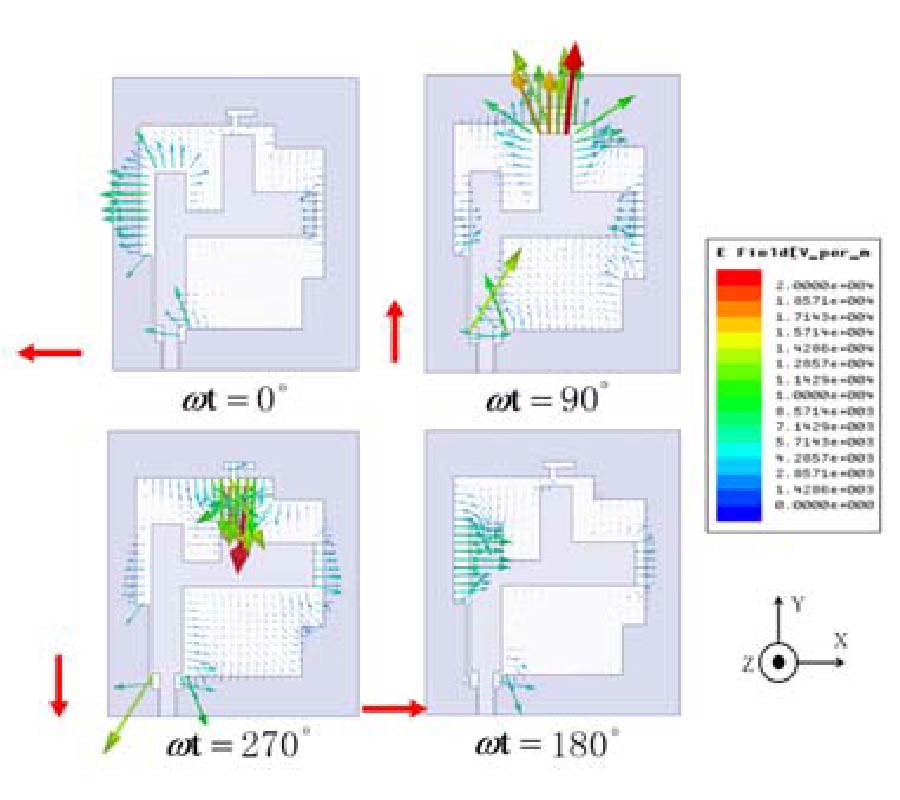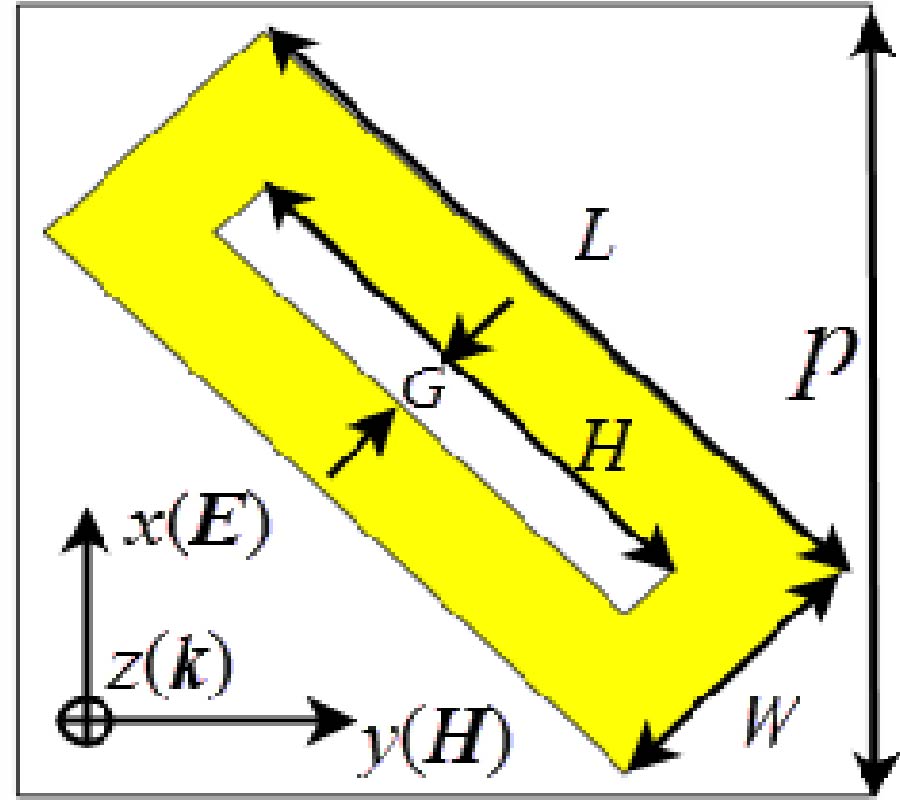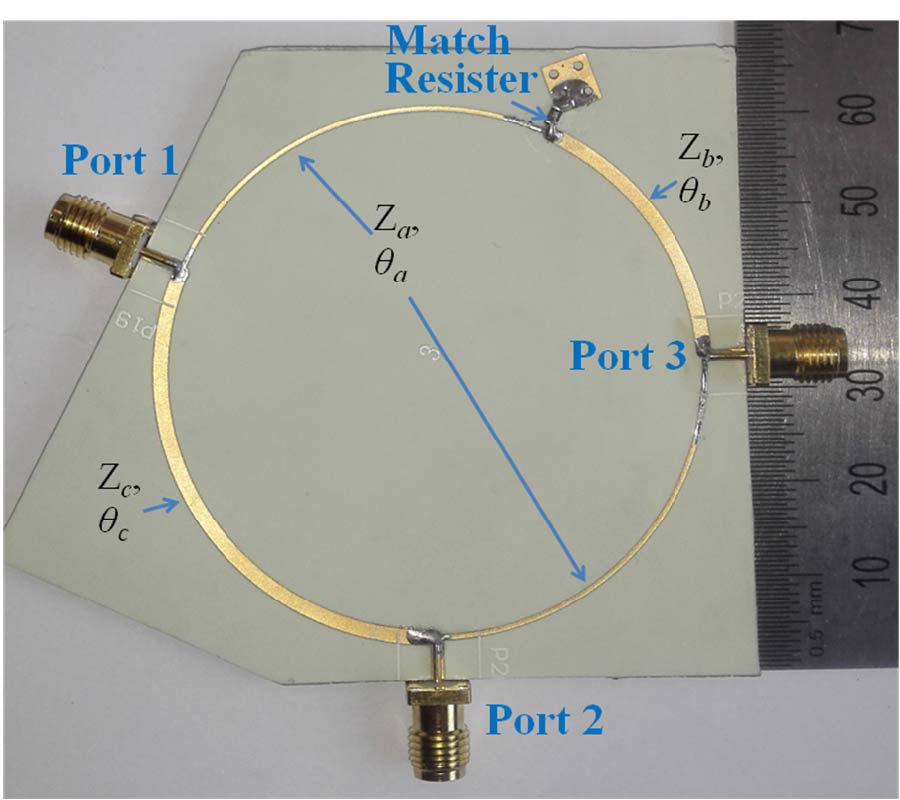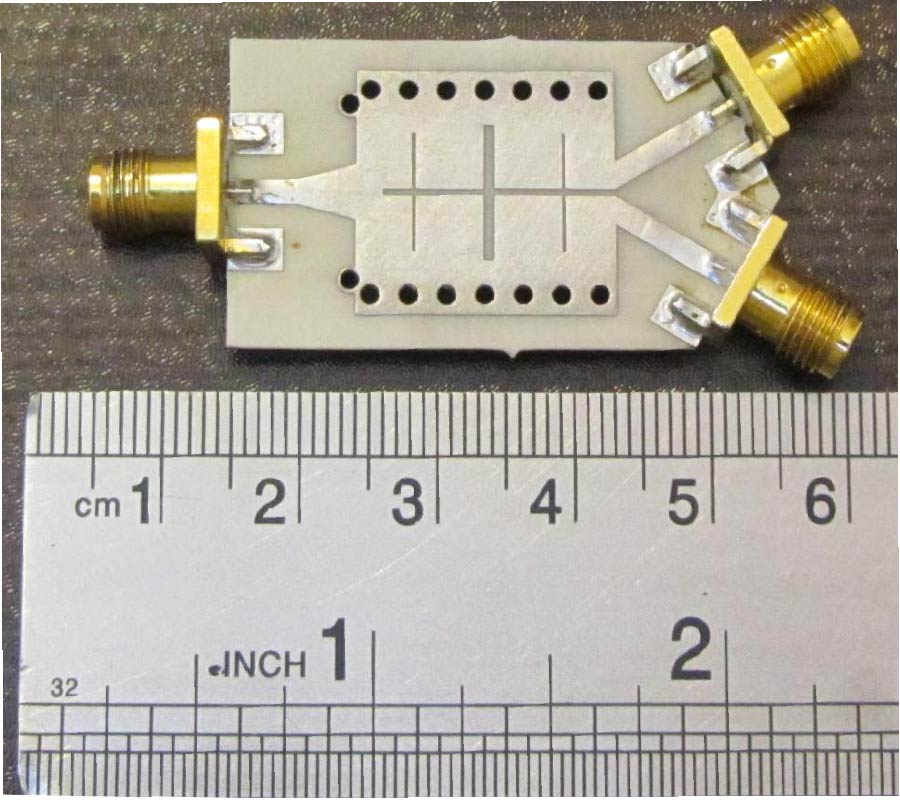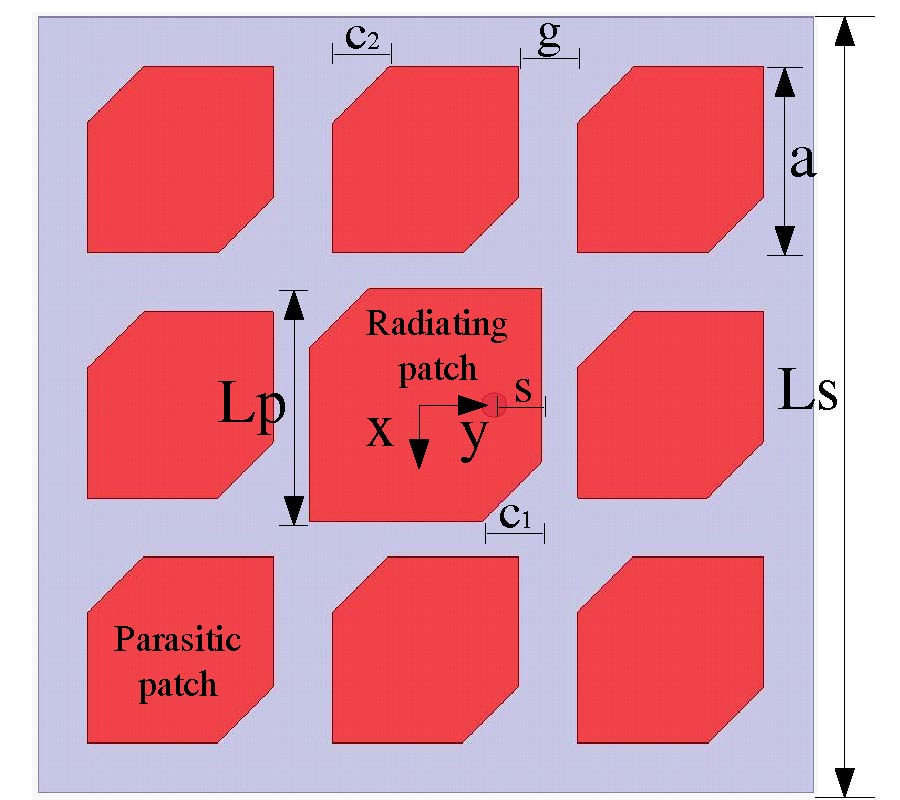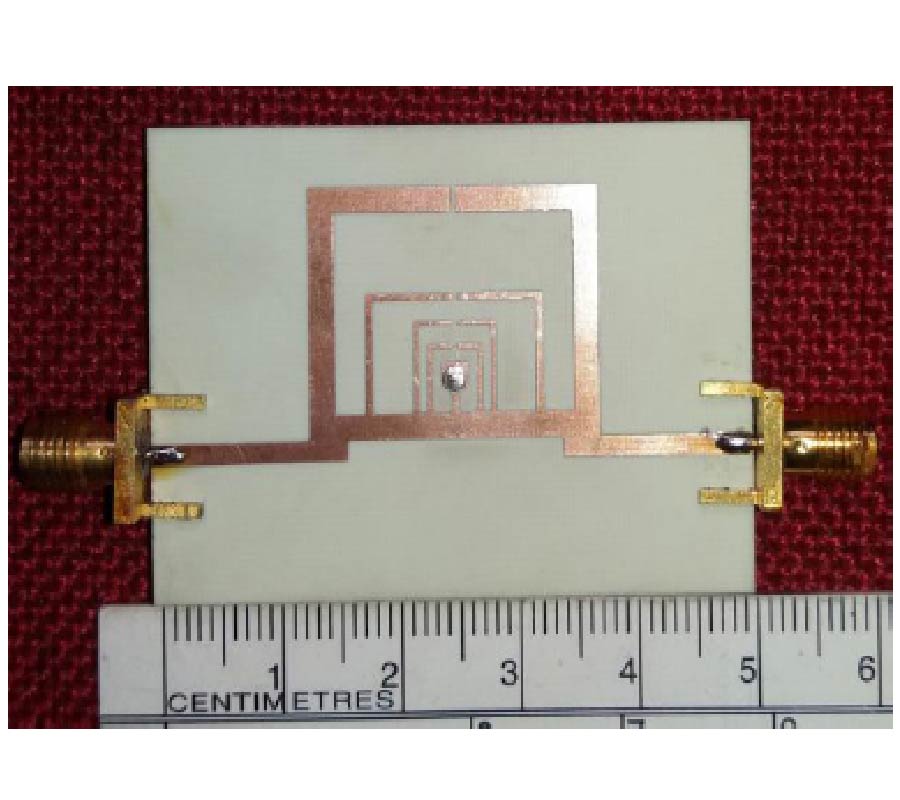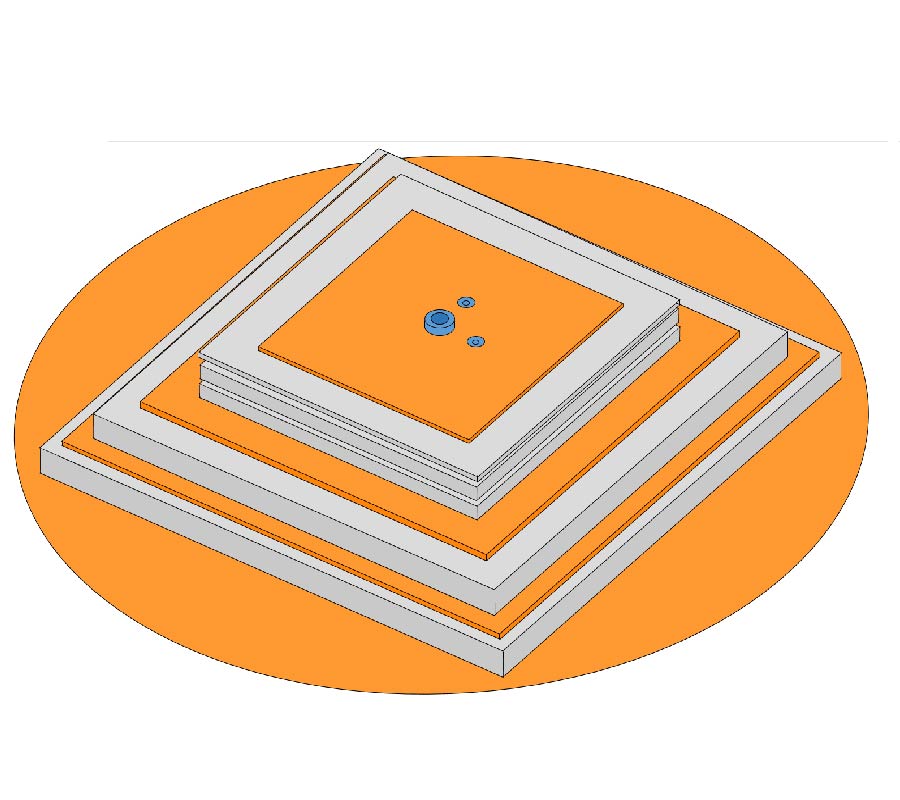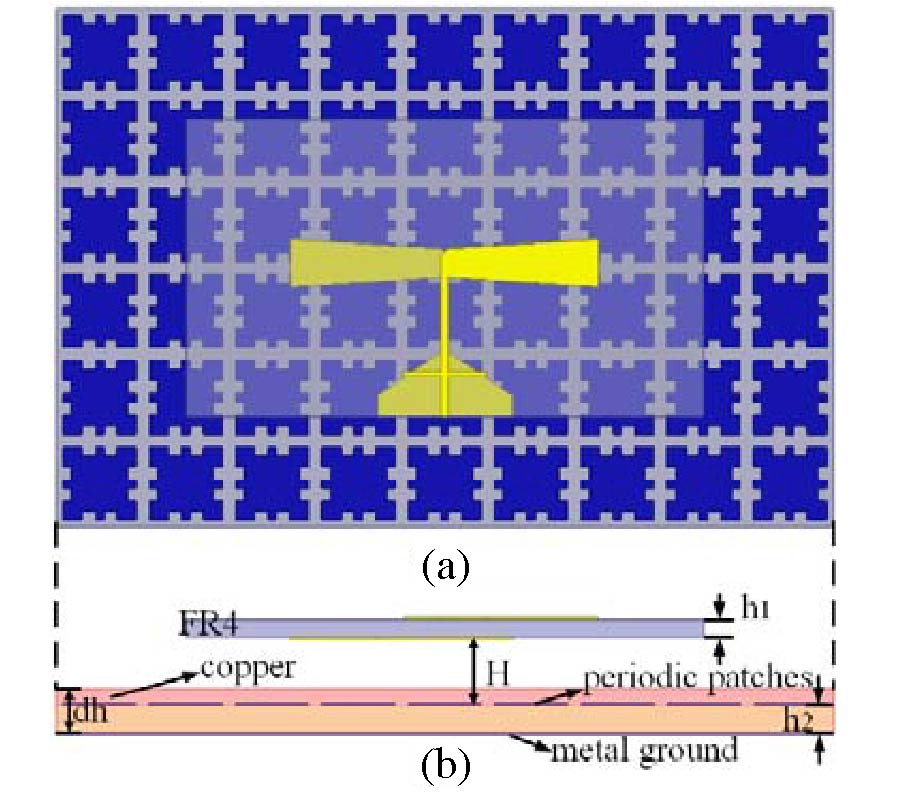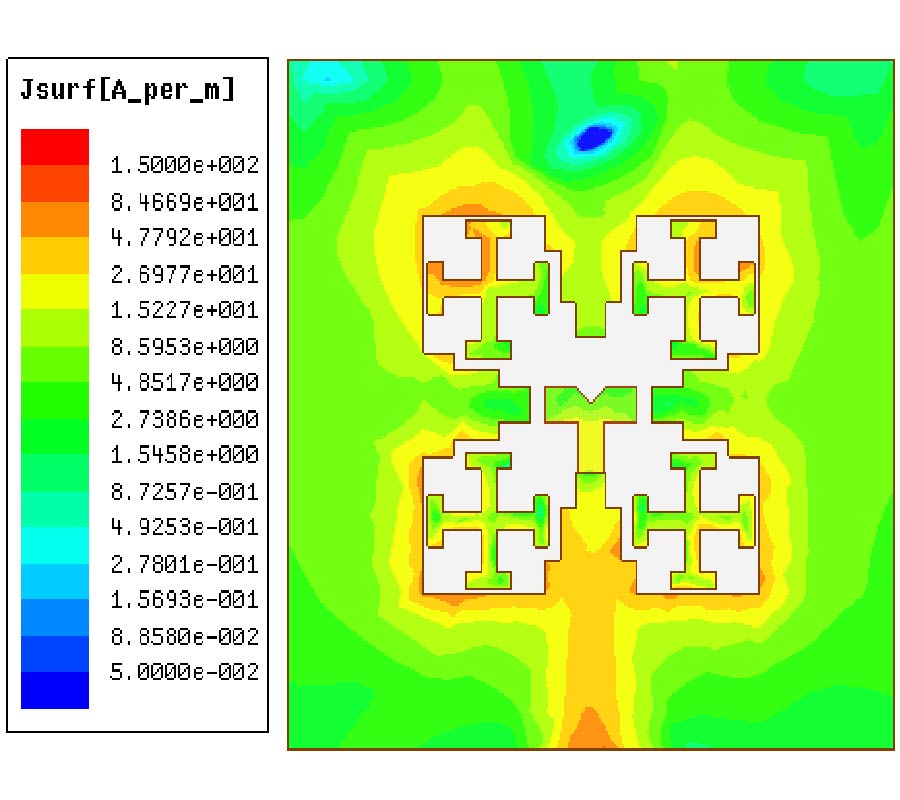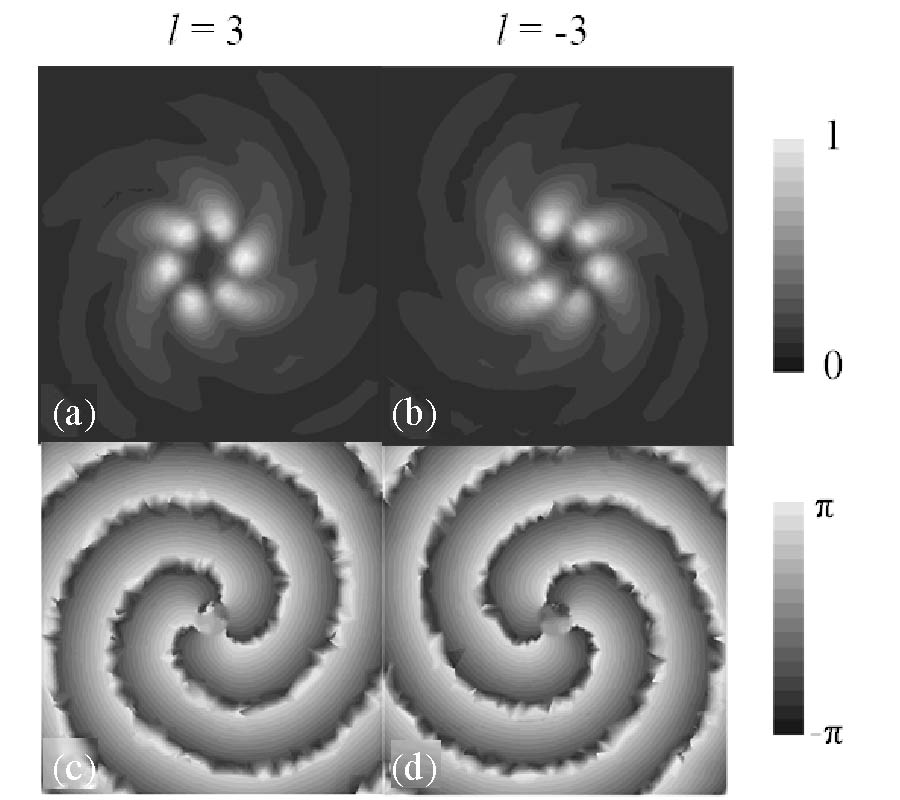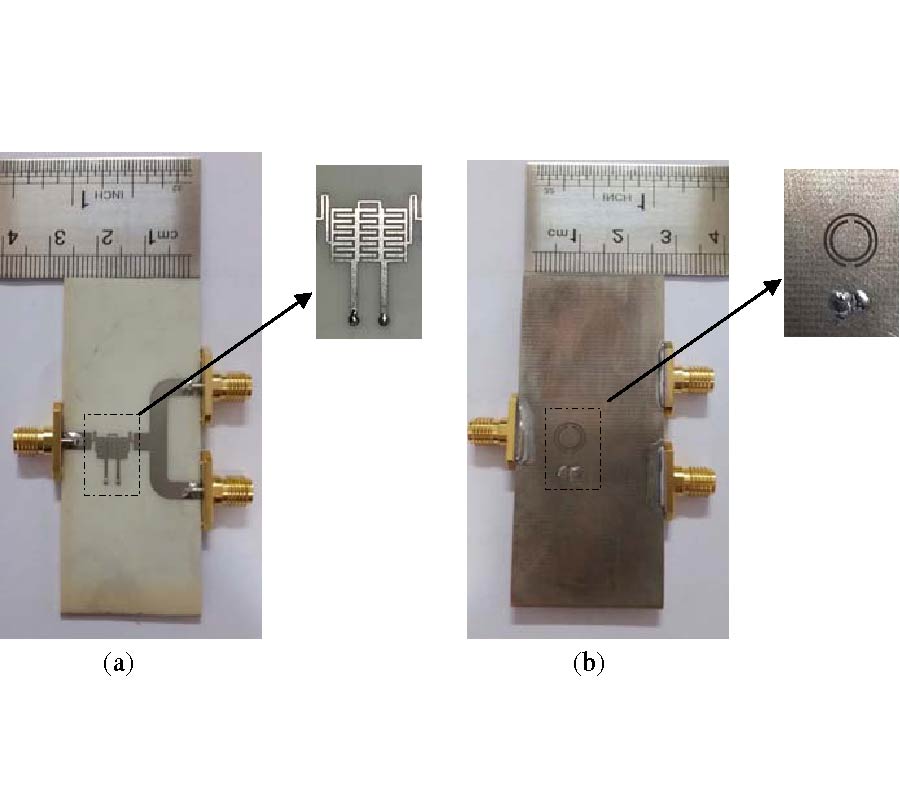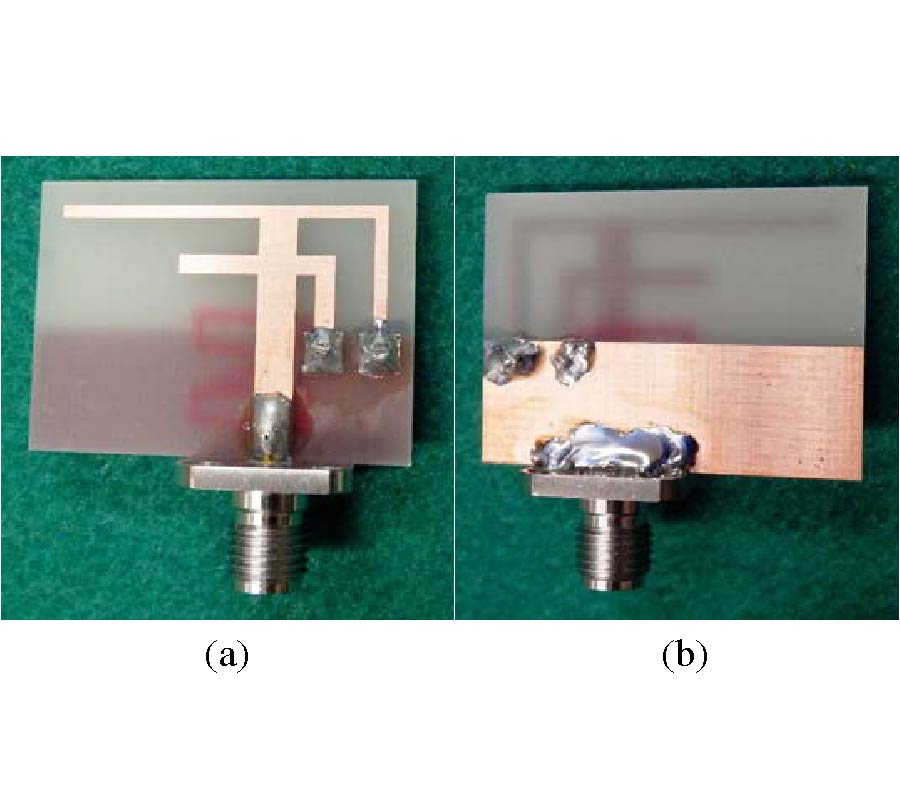A Circularly-Polarized Microstrip Antenna with Quad-Band Combination
Wei Wang,
Meng-Jiang Xing and
Xuyue Guo
In this paper, a novel quad-band combination of circularly-polarized microstrip antenna is proposed. This antenna has multi-frequency and quad-polarization with multiple coaxial probes, which cover four bands of the BeiDou navigation system (BDS), meeting different application requirements. By using a stacked structure to achieve feed and using symmetrical slotted method to place the coaxial probes, the multi-frequency antenna is connected together through the middle co-aperture. Meanwhile, the feed position and size are constantly optimized until get the most suitable one, and the necessary perturbation is obtained. We also introduce a broadband stripline 90° bridge. Ultimately, the circularly-polarized and multi-frequency operation is achieved. Furthermore, the novel design enables easy implementation, miniaturization, wide band, which can meet the application requirements and promote the development of the BDS, which can be combined with the Internet of Things technology, applied to life and production.
